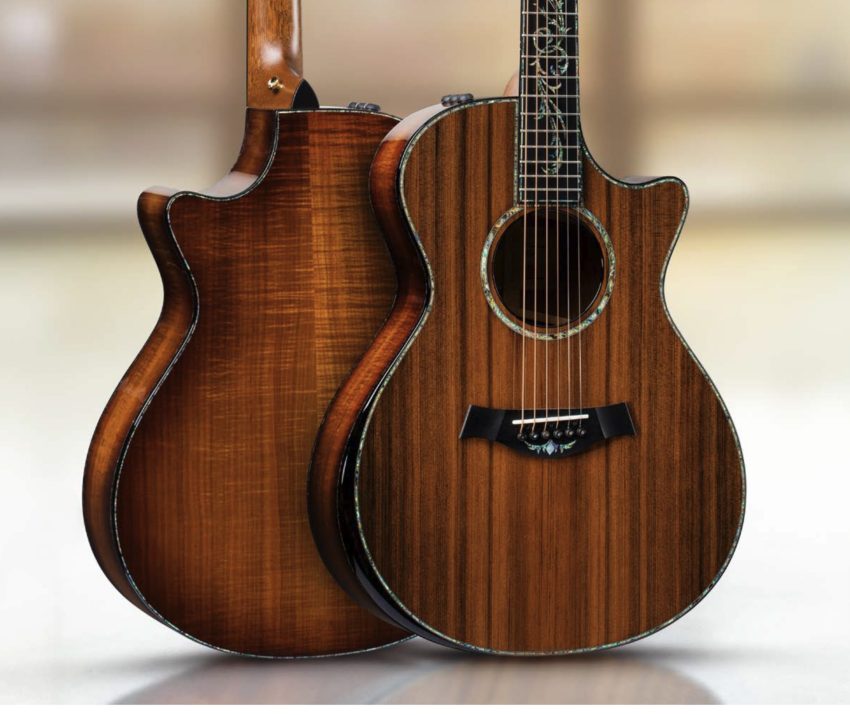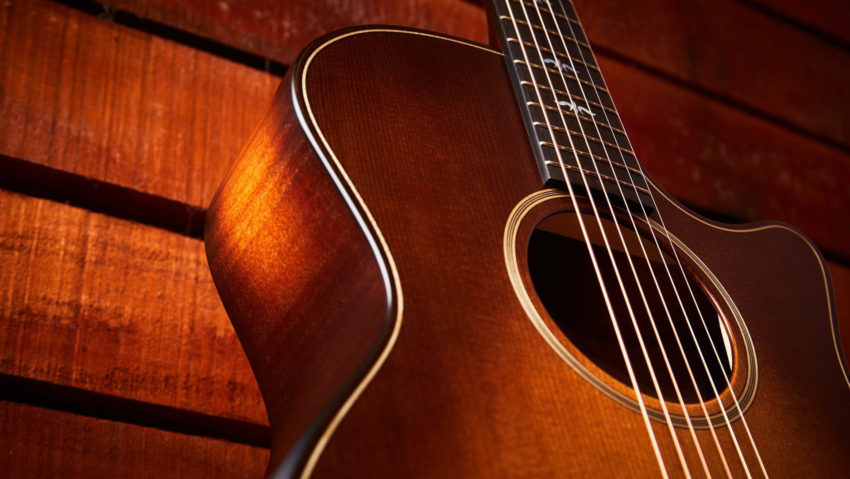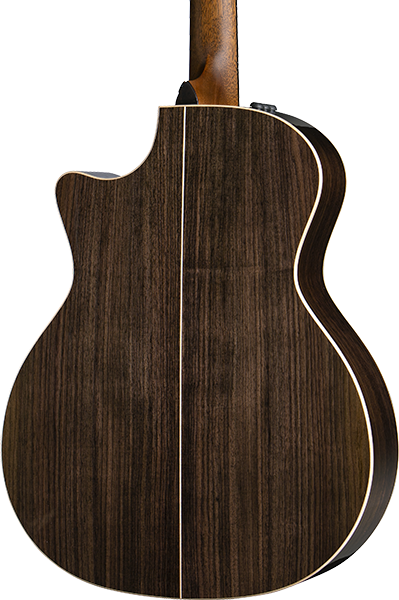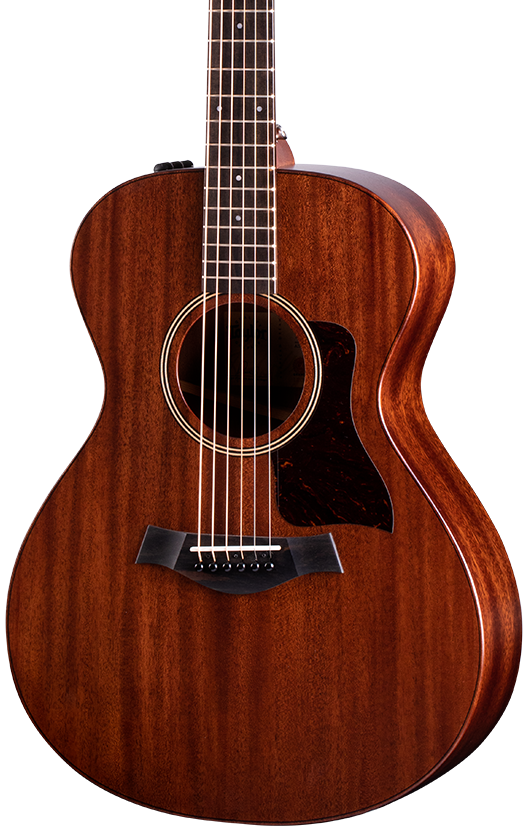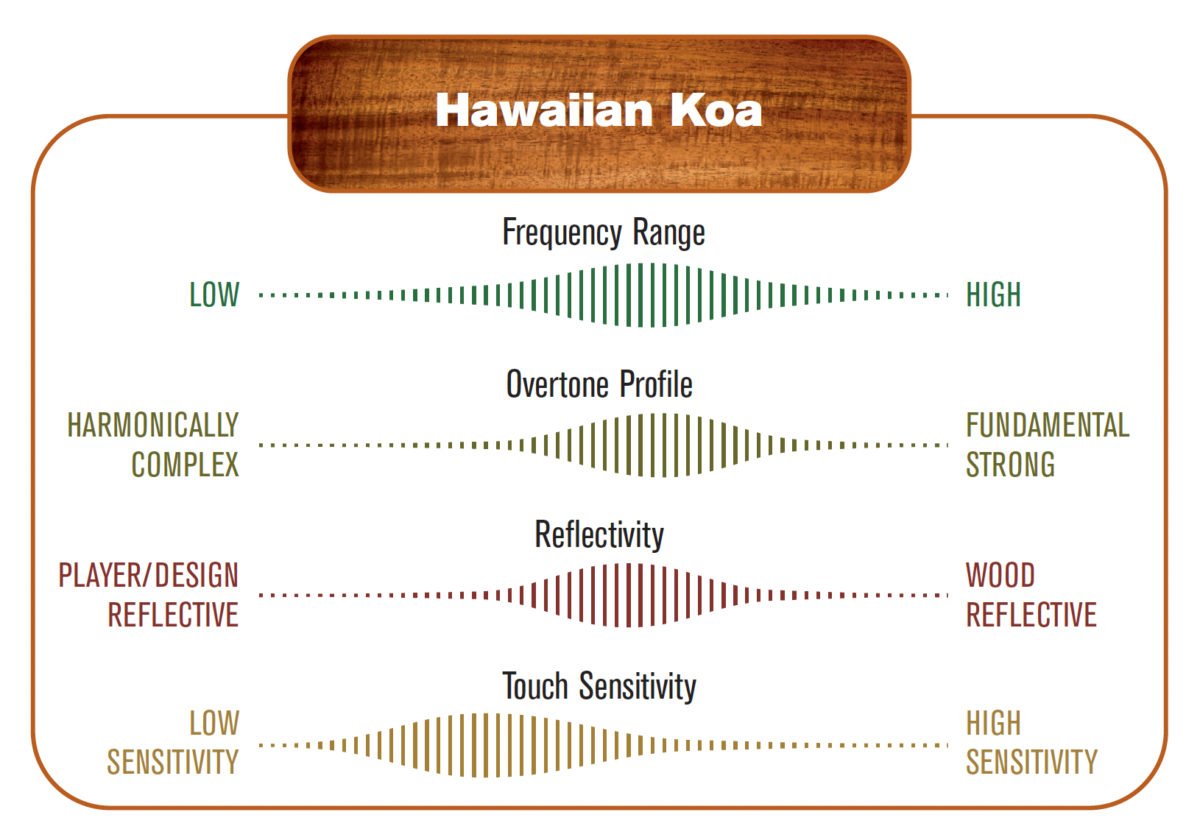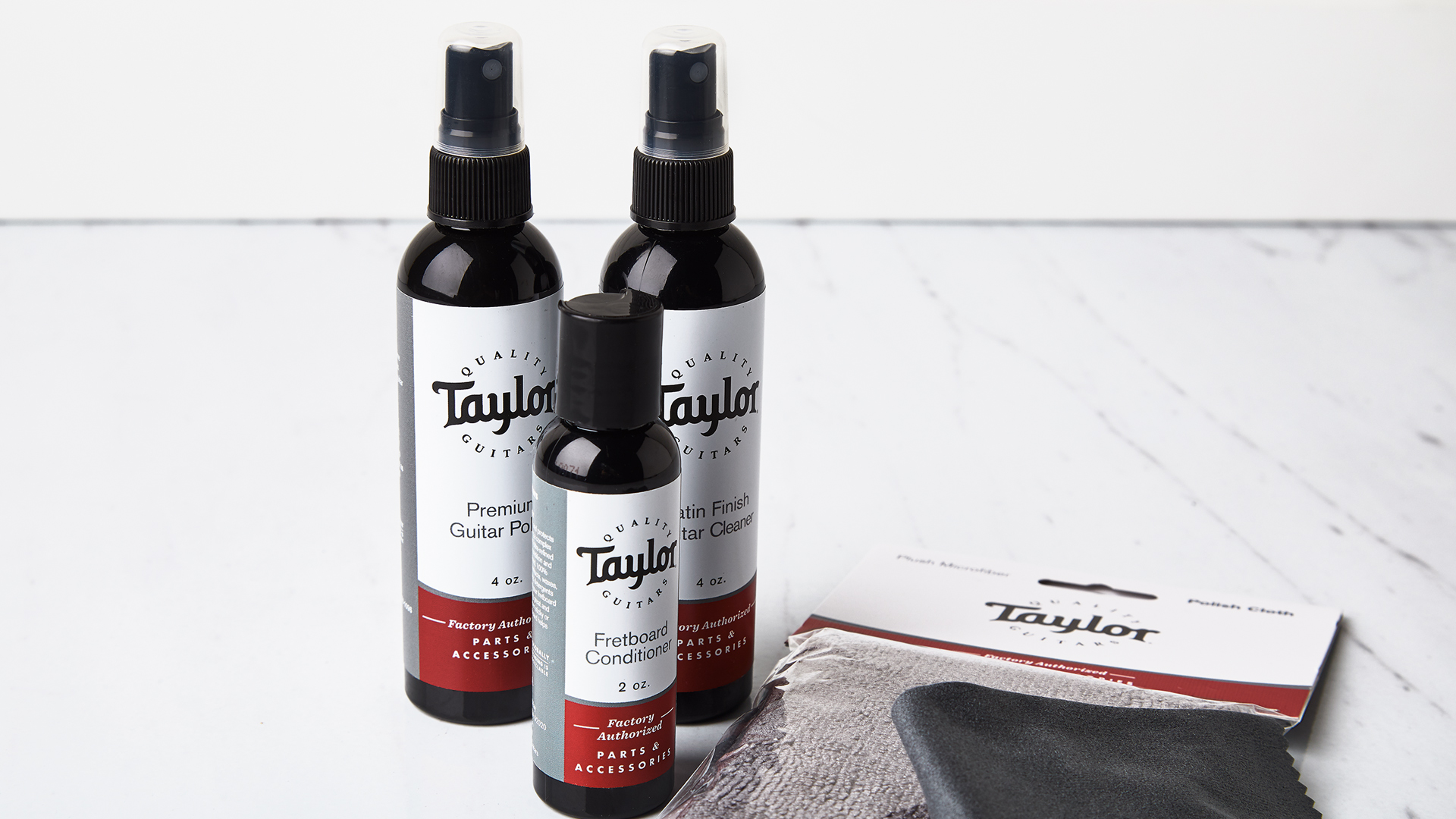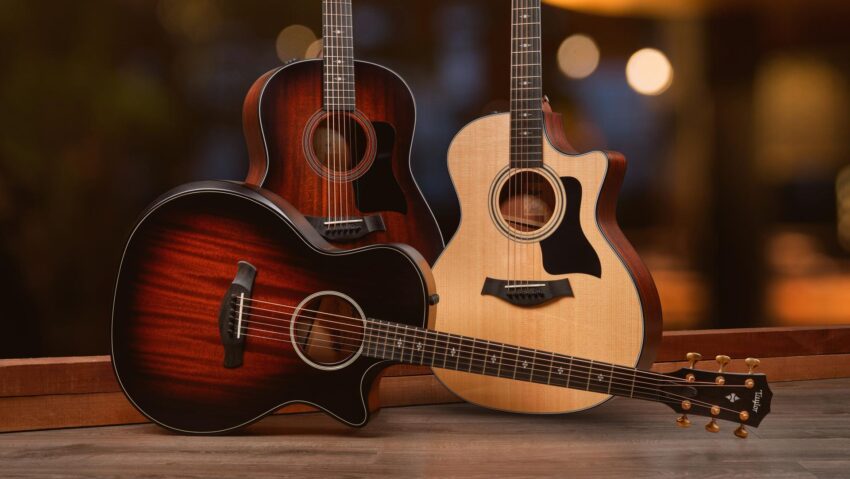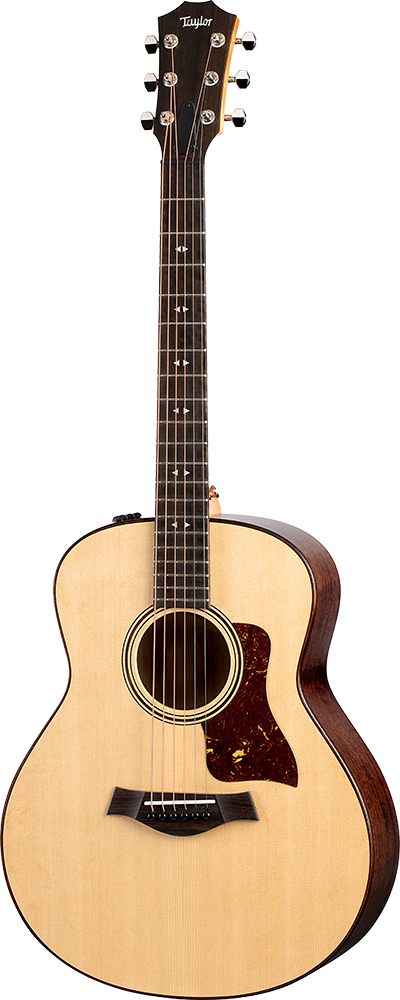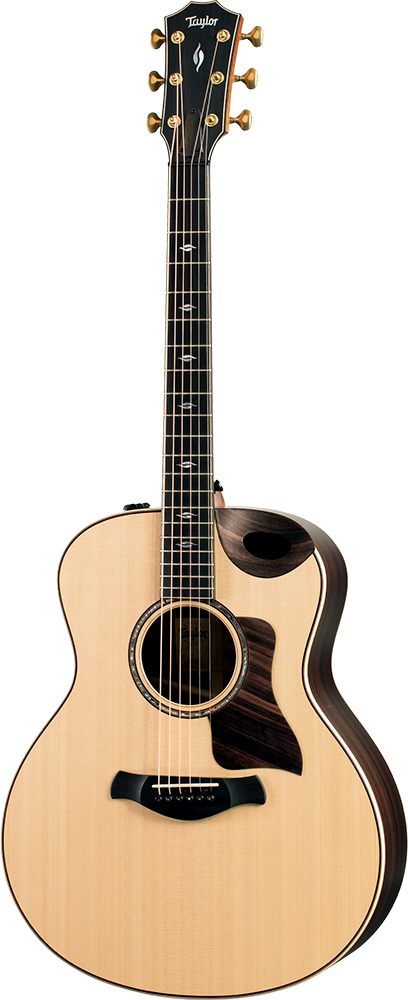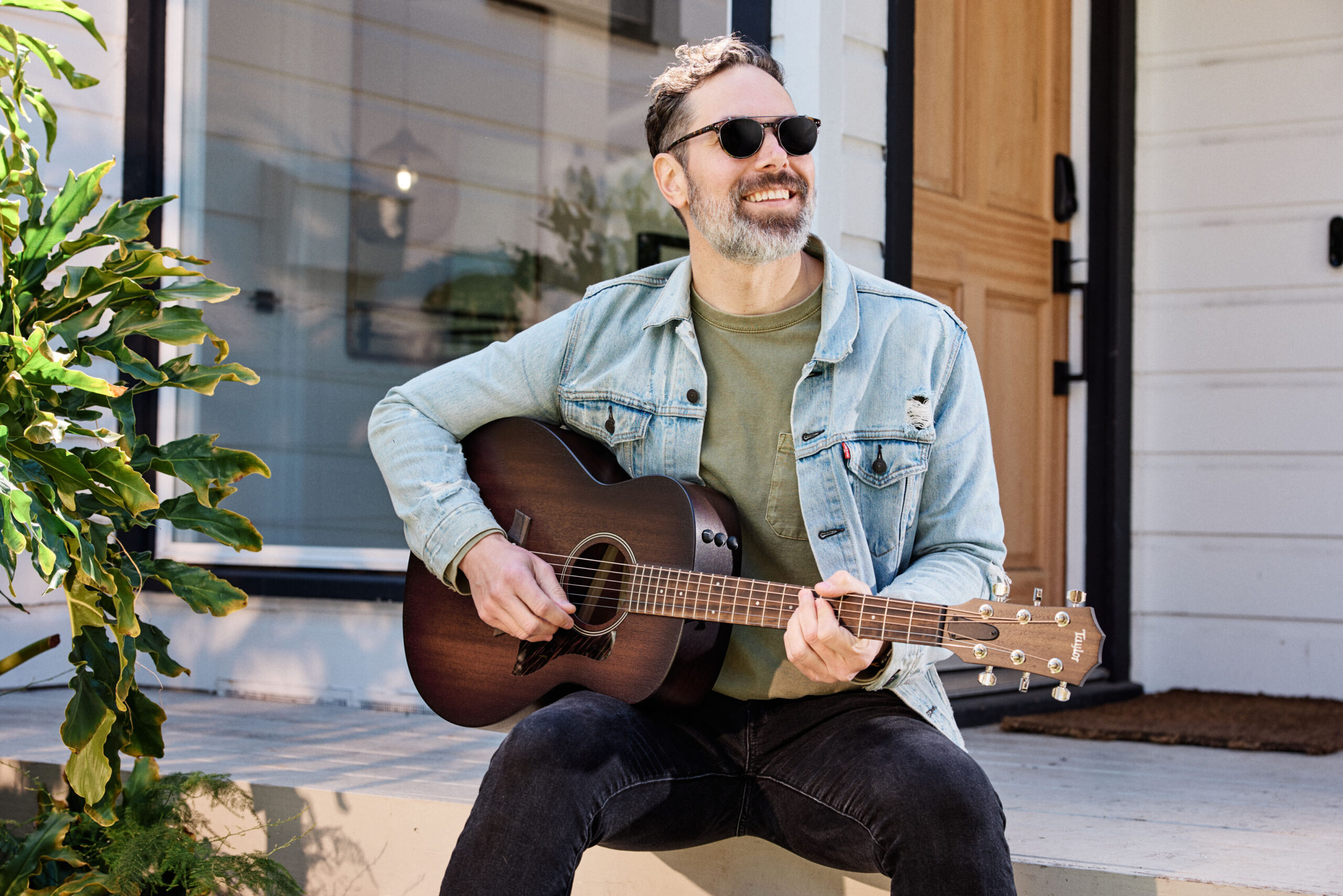Each person’s relationship with a guitar is unique. The connection we make is part visual, part tactile and part sonic, and we each respond to sound in unique ways. Finding the “right” guitar is a courtship of sorts. You might find your match in one glorious strum or after weeks of test-driving and comparing models. However it happens, have fun and trust your feelings. If you do, the right guitar has a way of finding you.
What We Mean by “Fit”
Here are two basic ways to think about finding a guitar that “fits” you:
1. Physical Fit: A guitar should be physically comfortable to hold and play.
2. Musical Fit: A guitar’s sonic attributes should complement your playing style and fit into the musical scenarios in which you plan to use it.
How Much to Spend?
If you want to enjoy your playing experience, investing in a quality guitar makes a big difference, especially if you’re a developing player. A good guitar will be easier to play, stay in tune, and accelerate your progress as a player.
While you’ll find a range of features and price points across the Taylor line, the good news is that all of our guitars deliver a high level of quality and are built to last. Plus, if you buy a well-made guitar and take care of it, the sound will improve as the guitar ages. So you’ll be able to enjoy it for many years.
The Tone Equation
Here’s a simple framework to help guide you toward the right guitar. It highlights three key ingredients that contribute to an acoustic guitar’s tonal personality:
Player + Body Shape + Tonewoods = Your Guitar Sound
Player
That’s right — you are an important component of a guitar’s sound! The more you understand about your playing style and musical needs, the easier it will be to find a guitar that complements what you do. Ahead, we’ll share some questions to help you define your needs as a player.
Body Shape
A guitar’s body dimensions literally help shape its fundamental voice. Besides physical comfort, you want a body style that responds well to what you do. This is often a good place to narrow your search. Once you find a body style you like, you can focus on your choice of tonewoods.
Tonewoods
If a guitar’s body style produces its fundamental voice, think of the tonewoods used for the top, back and sides as the sonic flavor or seasoning. The distinctive physical properties of each tonewood species (and sometimes even a particular set of wood) help define the tonal character, such as the degree of warmth, richness and sustain the guitar produces.
Next, we’ll break down each component of the tone equation, starting with you.
Your Player Profile: 9 Questions to Help Guide Your Search
The more you understand about your preferences as a player the better. If you’re a beginner and don’t have a defined playing style, that’s OK. Think about playing comfort and your musical interests. Here are some questions to help you.
Will you be strumming, flatpicking, fingerpicking? A mix?
This will help you decide whether you need a versatile, general-purpose instrument like our Grand Auditorium body style or a guitar that suits a more specialized playing style. If you’re a novice and don’t have a clearly defined playing style, leaning toward versatility will give you the most latitude to explore different techniques and musical genres. Also, if you play with a pick, keep in mind that its shape, thickness and material can influence the tonal response, so feel free to experiment with different picks.
Do you have a light, medium or heavy picking/strumming attack, and how much dynamic range do you want?
This will help you choose the right body style to accommodate the amount of energy you’ll be applying to the guitar. Generally speaking, the stronger and louder the sound you’re looking for, the bigger the guitar you’ll need.
If you have a softer, more delicate attack: Look for a responsive guitar that will come alive in your hands without requiring too strong an attack. In general, smaller-body guitars require less energy to get the top moving and with a light touch actually will often be louder than a larger body shape. It’s a good option for fingerstyle players.
If you have a heavier attack: Your playing style may overload a smaller guitar body. You’ll be better served with a larger-bodied guitar that will respond to the high energy that comes from the strong pick attack.
If you have a dynamic or hybrid playing style: You’re looking for versatility, and a medium-size guitar will usually get you there. You’ll be able to get an immediate response when you play lightly and a more powerful sound when you dig in. If you want an even wider dynamic range (one that offers more tonal output), try a bigger body size.
Where will you be playing the guitar?
If you’re looking for a casual couch strummer or portable option: You might want a guitar that’s more compact, physically comfortable and/or travel-friendly.
If you’ll be playing with friends or somewhere that demands a good amount of natural volume and projection without having to plug in the guitar, or if you like a deeper low-end response: You’ll likely benefit from a bigger body.
If you plan to play live gigs: You’ll want a guitar with a pickup so you can amplify it.
What style(s) of music do you want to play?
Think of the type of acoustic sound you need to express that style or musical genre. A lively picker or someone who plans to strum big, open cowboy chords might want a bigger body that’s capable of producing robust bass, volume and projection. A fingerstyle player might prefer a more responsive and articulate sound and lean toward a smaller body.
Bluegrass/flatpicking: Dreadnought or other medium to large body for maximum volume and projection
Country/Blues fingerpicking: Small to medium body
Acoustic rock strumming: Medium-size body for rich open chords and sonic balance
Are there certain tonal properties you have in mind, like volume, richness, low-end response, warmth, etc.?
If so, this will help steer you toward an appropriate shape/tonewood pairing. For example, rosewood produces a deep low end and sparkling high end with a rich overtone complement. Mahogany yields a focused midrange presence and a balanced, “dry” sound (producing fewer overtones). If you don’t really know what you want, that’s OK. Just sample some different wood options and pay attention to which tonal qualities appeal to you.
Bigger bodies: More bass response, volume, sustain
Smaller bodies: More tonal clarity, slightly more upper-register emphasis
Different tonewoods: Distinctive tonal “flavors,” from rich and complex to controlled and focused
Will you be playing more often by yourself or with other players/instruments?
By yourself: You might want a guitar that provides a more expansive sonic palette to give yourself a wider range of tonal colors to explore.
With others: You might want a guitar that has enough clarity or volume to be heard clearly in the instrument mix.
Will you be singing with your guitar?
If so, you’ll want your guitar’s tonal personality to complement your voice. You might consider visiting a music store at a time when you feel comfortable singing with the guitar or having access to an isolated room where you can pair your voice with each instrument.
If you’re more of an instrumental player: Does the guitar offer a pleasing tonal palette for you to express yourself?
Do you want access to higher notes up the neck (toward the body)?
If so, a cutaway model will give you more access to the guitar’s upper tonal register.
Do you plan to do any live performing or recording?
If you want to plug in: You should choose a guitar with an onboard pickup.
If you plan to record: Think about the instrument mix that might be involved. If there will be multiple tracks, you might lean toward a small or medium-size guitar, or maybe a tonewood pairing that produces a more focused voice, since it will tend to take up less sonic space in the mix. If you plan to play solo acoustic guitar, maybe you want a bigger, richer voice to explore.
The pages ahead explain Taylor’s body shapes and tonewood options.





